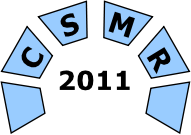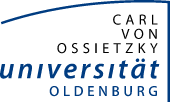
CSMR 2012
Industrial Forum
Wednesday, March 2, 2011, from 11:00 to 12:30, A14 HS1In this year the industrial forum enables companies to present their technologies (tools, methodologies, services) as well as success stories in software maintenance and reengineering. The goal of this forum is to promote the work of the reengineering industry and to demonstrate its practical relevance to this field.
The following companies will present their technologies and success stories at CSMR 2011:
- FrontEndART Software Ltd. - A story about refactoring a large PL/SQL banking system
- SIG - Software Improvement Group - Software Engineering Research in a Commercial Setting
- SQS Group - IT- Preservability: An underestimated quality attribute
FrontEndART Software Ltd.
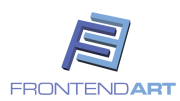 FrontEndART Software Ltd. explores, develops and markets innovative
solutions for software quality management. The methods, tools and
services we offer are built upon the many-years experience of the
company's key people in the fields of software development, re- and
reverse engineering and software maintenance.
FrontEndART Software Ltd. explores, develops and markets innovative
solutions for software quality management. The methods, tools and
services we offer are built upon the many-years experience of the
company's key people in the fields of software development, re- and
reverse engineering and software maintenance.
Csaba Nagy (FrontEndART Software Ltd.):
A story about refactoring a large PL/SQL banking system
It is common that due to the pressure of business, banking systems evolve and grow fast and even the slightest wrong decision may result in losing control over the codebase in long term. Once it happens, the business will not drive developments any more, but will be constrained by maintenance preoccupations. As easy is to lose control, as hard is to regain it again. Software comprehension and refactoring are the proper tools for reestablishing governance over the system, but they require sophisticated tools and methods that help analyzing, understanding and refactoring the codebase. This presentation tells a true story about how control has been lost and regained again in case of a real banking system written in PL/SQL programming language.
Software Improvement Group
 The Software Improvement Group (SIG) provides fact-based advisory services
to IT management of a wide range of institutes and corporations. To
this end, SIG assesses and monitors the engineering quality
and the business risks of their mission-critical software systems.
To deliver its services, SIG relies on its software analysis lab that
performs tool-based analysis of hundreds of software systems on an annual basis.
The Software Improvement Group (SIG) provides fact-based advisory services
to IT management of a wide range of institutes and corporations. To
this end, SIG assesses and monitors the engineering quality
and the business risks of their mission-critical software systems.
To deliver its services, SIG relies on its software analysis lab that
performs tool-based analysis of hundreds of software systems on an annual basis.
Joost Visser (Head of Research, Software Improvement Group):
Software Engineering Research in a Commercial Setting
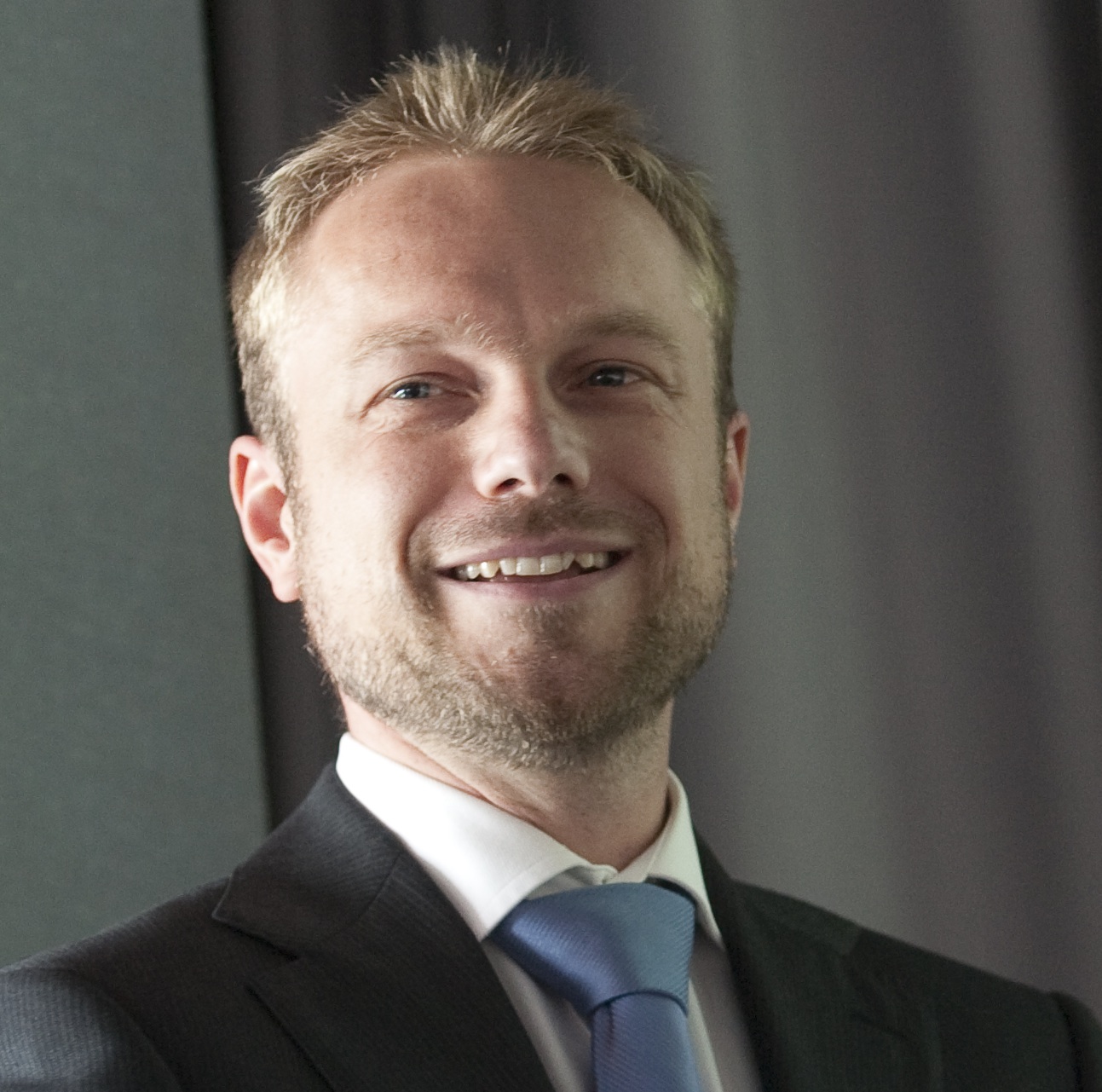
Since its inception as a spin-off from CWI, the Software Improvement Group (SIG) has proceeded to develop a range of tool-based services. In this presentation, Joost Visser will explain the research activities that have helped to shape the concepts and technology behind these services. In particular, Joost will outline SIG's models for maintainability, reliability, architectural quality, and technical debt, and the use of repository mining for their calibration and validation.
The SQS Group
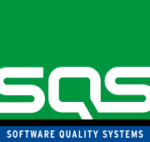 The SQS Group, (SQS) is the largest independent provider of software testing and quality management services. This position and its expertise stem from more than 27 years of successful consultancy operation. In 2008, the group achieved revenues of € 143 million. SQS is listed on the London Stock Exchange (AIM) and has a second listing on the Open Market on Deutsche Börse, Frankfurt.
The SQS Group, (SQS) is the largest independent provider of software testing and quality management services. This position and its expertise stem from more than 27 years of successful consultancy operation. In 2008, the group achieved revenues of € 143 million. SQS is listed on the London Stock Exchange (AIM) and has a second listing on the Open Market on Deutsche Börse, Frankfurt.
SQS' service portfolio focuses on testing and managing all quality attributes as well as improving surrounding processes and training involved resources.
Frank Simon (Head of SQS Research & Innovation):
IT- Preservability: An underestimated quality attribute

An holistic quality manager synchronises the different quality aspects of IT-systems. Typical quality attributes are functionality, reliability, efficiency etc. Due to new technical implementations (like SaaS, Cloud, etc.) a specific quality attribute becomes more and more important: Preservability, i.e. the ability to guarantee the accessibility of information over time. In this presentation some motivations for preservability in the context of quality management are given as well as some concepts how to apply this for modern, distributed systems.

